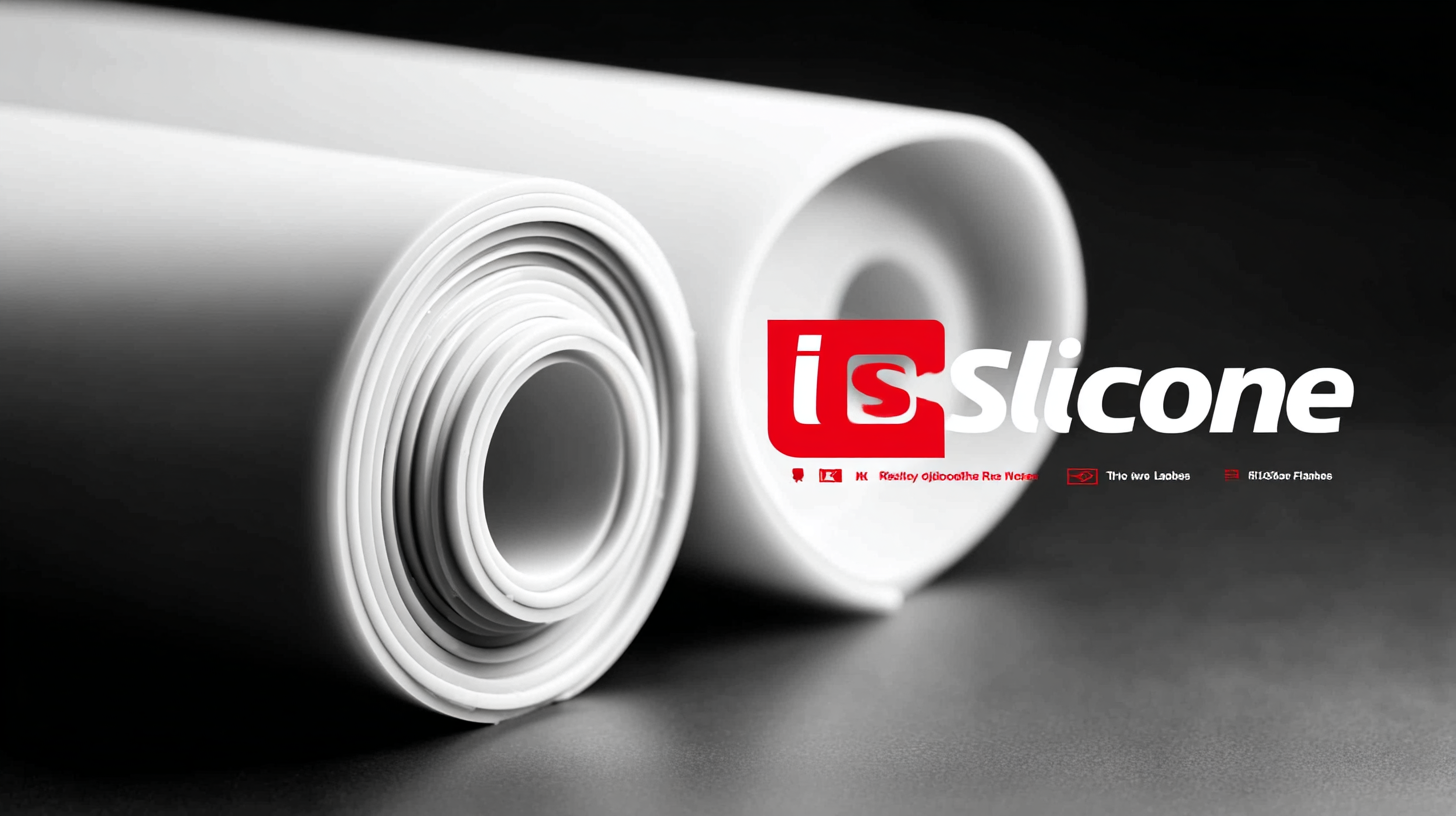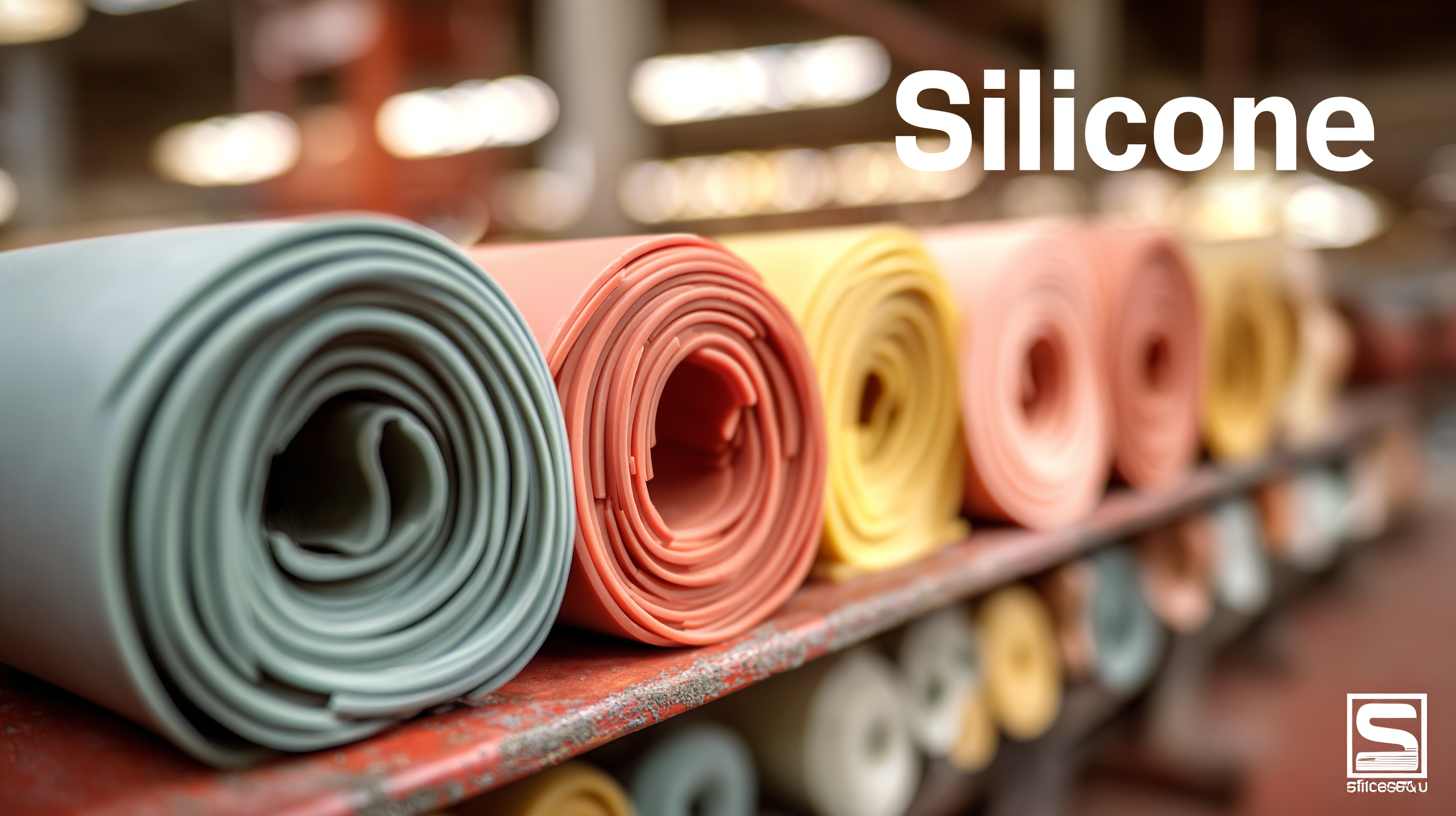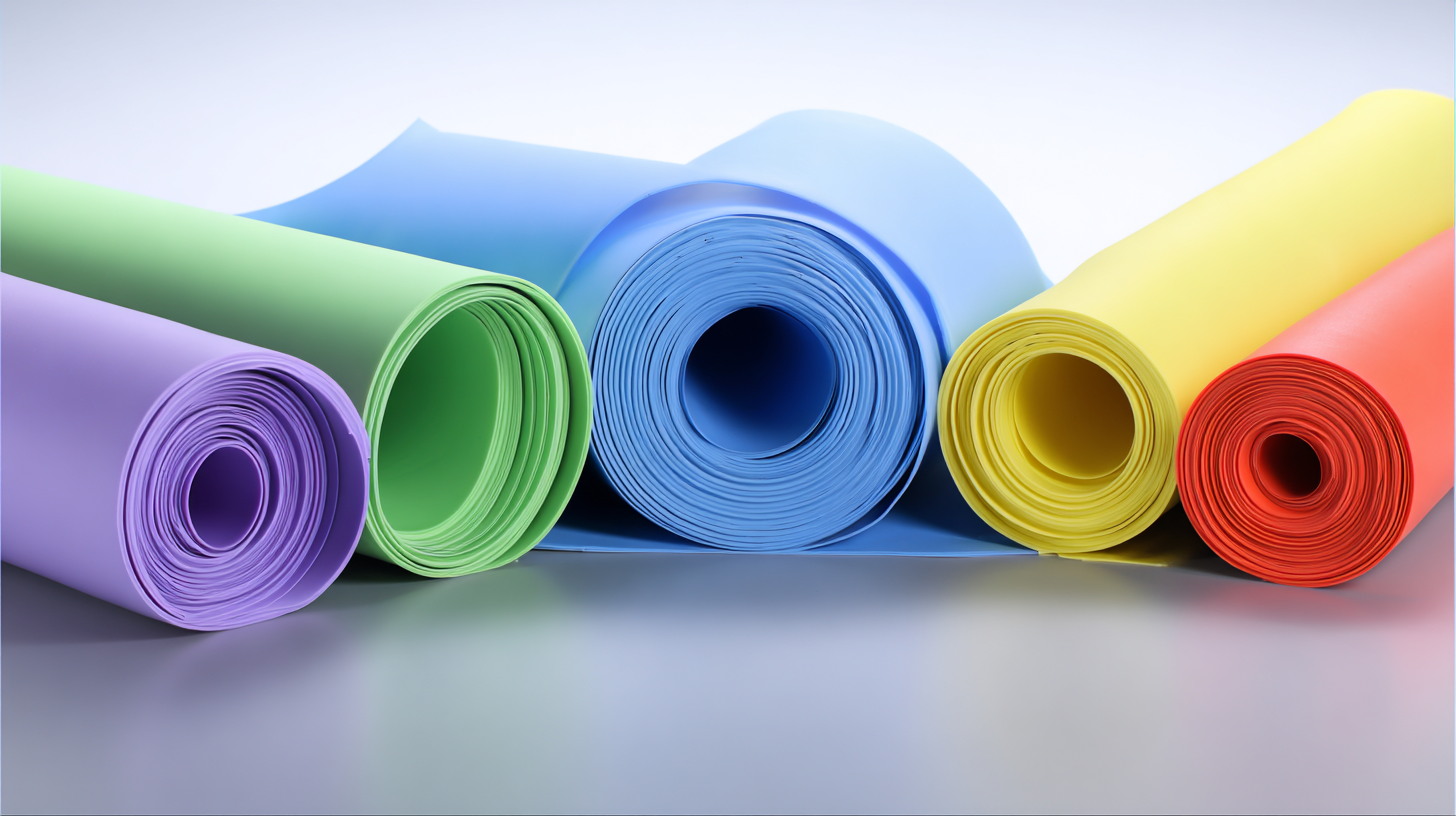


In today's industrial landscape, selecting the right materials can significantly impact both efficiency and product quality. Among the various options available, Silicone Rubber Sheets stand out as a versatile and durable choice for a wide range of applications. This ultimate guide is designed to help you navigate the myriad types of Silicone Rubber Sheets available, each possessing unique characteristics tailored to specific industrial needs. From their temperature resistance and chemical stability to flexibility and durability, understanding these features is crucial for making an informed decision.

Whether you are seeking sheets for medical devices, automotive components, or food processing, this guide will provide you with the insights necessary to choose the best Silicone Rubber Sheet that meets your requirements, ultimately enhancing your production capabilities and ensuring longevity in performance.
When considering silicone rubber for industrial applications, it's imperative to understand the different types and their respective uses. Silicone rubber is known for its flexibility, temperature resistance, and durability, making it suitable for a variety of industrial needs. The automotive sector, in particular, is witnessing significant growth, with the market projected to reach USD 3.1 billion by 2027. This surge is driven by the increasing demand for advanced materials that can withstand harsh conditions while maintaining performance integrity.

When it comes to selecting silicone rubber sheets for industrial applications, it's crucial to understand the key features that can significantly influence performance. First and foremost, consider the hardness of the silicone, measured on the Shore A scale. Softer sheets (around 30-50 Shore A) provide excellent flexibility and conformability, making them suitable for applications that require tight sealing and cushioning. In contrast, harder sheets (60-80 Shore A) offer increased durability and resistance to wear, ideal for high-pressure environments.
Another important feature to evaluate is temperature resistance. Silicone rubber can endure extreme temperatures, typically ranging from -60°F to 450°F, but it's essential to choose a sheet that matches the specific temperature conditions of your application. Additionally, look for sheets that have high tensile strength and elongation properties, as these will ensure longevity and resilience against mechanical stress. Choosing silicone rubber sheets with excellent chemical resistance enhances their versatility, allowing them to perform effectively in diverse industrial settings.
When selecting the appropriate silicone rubber sheet for industrial applications, one crucial factor to consider is the thickness. Industry reports indicate that the most commonly used thicknesses range from 1/32 inch (0.79 mm) to 1 inch (25.4 mm), depending on the application’s specific requirements. Thicker sheets tend to offer enhanced durability and resistance to wear and tear, making them ideal for high-stress environments, such as automotive and industrial machinery components.
In addition to thickness, size is another vital element to take into account. The demand for silicone rubber sheets has been steadily increasing, driven by trends in home fitness and the growing use of rubber in various consumer products. Notably, the expansion of customizable solutions allows manufacturers to cater to precise dimensions, ensuring that clients receive the perfect fit for their applications, whether it’s for vibration dampening or insulation. As industries evolve, so does the necessity to choose the right specifications that align with both performance and budgetary constraints.
 When selecting the best silicone rubber sheet for industrial applications, two crucial factors to consider are temperature resistance and durability. Silicone rubber is known for its ability to withstand extreme temperatures, making it an ideal choice for various environments. High-temperature silicone can endure heat levels up to 500°F (260°C) without degrading, which is essential for processes requiring thermal stability. Conversely, certain grades of silicone also offer excellent low-temperature flexibility, maintaining their functionality in cold conditions, which is vital for outdoor or refrigeration applications.
When selecting the best silicone rubber sheet for industrial applications, two crucial factors to consider are temperature resistance and durability. Silicone rubber is known for its ability to withstand extreme temperatures, making it an ideal choice for various environments. High-temperature silicone can endure heat levels up to 500°F (260°C) without degrading, which is essential for processes requiring thermal stability. Conversely, certain grades of silicone also offer excellent low-temperature flexibility, maintaining their functionality in cold conditions, which is vital for outdoor or refrigeration applications.
Tips for choosing the right silicone rubber sheet include evaluating the specific temperatures your application will encounter. For high-heat operations, opt for silicone formulations designed for thermal resilience—look for products tested for high-temperature use. On the other hand, if your environment involves mechanical stress or exposure to chemicals, ensure the silicone you choose boasts superior durability and resistance properties.
Additionally, consider the thickness and hardness of the silicone rubber. Thicker sheets can provide enhanced durability and support for heavy-duty applications, while harder formulations can resist tearing and wear from moving parts. Always consult product specifications and seek advice from suppliers to verify you’re selecting the best silicone rubber to meet your unique demands.
When considering the costs associated with silicone rubber sheets for industrial applications, it is essential to evaluate quality against budget constraints. According to a report by Global Market Insights, the silicone rubber market is projected to surpass $9 billion by 2027, primarily driven by its rising demand across various industries, including automotive and healthcare. This increasing market value reflects a growing recognition of the advantages that quality silicone materials provide, such as durability, flexibility, and resistance to extreme temperatures.
To determine an appropriate budget for silicone rubber sheets, organizations should consider both the initial purchase price and the long-term cost benefits. High-quality silicone sheets can reduce maintenance costs and downtime due to their superior resilience compared to lower-grade alternatives. For instance, a study from Smithers Pira indicates that investing in premium silicone sheets can lead to a 20-30% reduction in operational costs over five years due to fewer replacements and enhanced efficiency. Thus, while initial expenses might be higher, the long-term savings often justify the investment in top-tier silicone rubber sheets for industrial needs.
| Type of Silicone Rubber Sheet | Thickness (mm) | Price per Square Meter ($) | Temperature Range (°C) | Key Applications |
|---|---|---|---|---|
| Standard Silicone Rubber Sheet | 2 | 20 | -60 to 200 | Gaskets, Seals |
| High-Temperature Silicone Sheet | 3 | 35 | -70 to 260 | Oven Liners, Heat Shields |
| Food-Grade Silicone Sheet | 2.5 | 30 | -60 to 180 | Food Processing, Bakery Mats |
| Electrical Insulation Silicone Sheet | 1.5 | 25 | -60 to 200 | Cable Insulation, Electrical Components |
| Medical-Grade Silicone Sheet | 4 | 45 | -60 to 200 | Medical Devices, Surgical Equipment |